Overview
To effectively tell a story with 3D renderings, one must focus on conveying a clear core message, understanding the audience, and creating a visual journey that evokes emotion and context. The article outlines key strategies and techniques, such as composition, lighting, and audience engagement, which collectively enhance narrative clarity and emotional impact in architectural visualizations.
Introduction
In the realm of architectural visualization, the ability to weave compelling narratives through 3D renderings has become an indispensable skill for architects and designers alike. This article delves into the multifaceted art of storytelling within the context of 3D renderings, exploring essential strategies that transform static visuals into dynamic narratives.
By identifying core messages, understanding audience expectations, and incorporating emotional elements, architects can create immersive experiences that resonate deeply with viewers.
Furthermore, the integration of cutting-edge software tools and iterative feedback processes ensures that these visual stories not only captivate but also effectively communicate design intent.
As the industry continues to evolve with advancements in technology, the potential for richer storytelling in architectural renderings expands, promising an exciting future for visual communication in design.
The Art of Storytelling in 3D Renderings
To understand how to tell a story with 3D renderings, one must recognize that storytelling in this medium goes beyond the simple representation of structures; it is about creating stories that evoke feelings and communicate the purpose of the creation. To effectively create these stories, consider the following key strategies:
- Identify the Core Message: Clarify the story you wish to communicate regarding the architectural design. Whether it emphasizes luxury, sustainability, or innovation, this central theme will inform all visual choices.
- Understand Your Audience: Tailor your presentation method to align with the audience’s expectations. For example, a visualization for a high-end residential property will necessitate a different narrative strategy compared to that of a commercial establishment.
- Create a Visual Journey: Visualize your rendering as a cinematic scene, guiding the viewer’s eye through the space. Utilize strategic angles and perspectives that emphasize the key features of the creation, fostering an engaging viewing experience.
- Incorporate Context: Place your creation within its wider surroundings to enhance the story. Demonstrating how the building interacts with its surroundings not only enhances the story but also provides a sense of place, fostering community connections as highlighted in our architectural visualization projects.
- Evoke Emotion: Utilize design elements such as color, lighting, and textures to trigger emotional responses. A warm color scheme can evoke feelings of comfort, while cooler tones may suggest modernity and sophistication, showcasing functionality and aesthetics effectively.
- Balance Scene Elements: It’s crucial to balance the number of scene elements to maintain focus on the narrative. Overloading a scene can distract from the core message and dilute emotional impact.
Additionally, consider the insights from our case study titled ‘Creating Engaging Storylines,’ which illustrates that a good storyline develops over time with a tension curve based on cause, intervention, and effect. Engaging storylines can evoke suspense, surprise, and curiosity, enhancing user emotional response and improving marketing effectiveness. This case study exemplifies how implementing these strategies has led to successful project outcomes, showcasing the transformative power of visual storytelling in the architectural process.
Looking ahead, the future of 3D visualization in storytelling will be shaped by technological advancements, including real-time visualization and AR/VR integration, which will further enhance the immersive experience of architectural visualizations. As Tan aptly states,
Curiosity or mystery is evoked when an effect is presented without information about the cause,
highlighting the importance of intrigue in design narratives.
By focusing on these critical components, you can learn how to tell a story with 3D renderings, transforming your visuals from static images into dynamic stories that engage and captivate your audience, ultimately enhancing contractor communication and allowing for the early identification of design issues through this method.
Techniques for Crafting Compelling Visual Narratives in 3D
To create compelling visual narratives in your 3D renderings, it is essential to apply the following techniques, keeping in mind the emotional influence of your work on client connection and satisfaction:
- Composition: Mastering composition is crucial; utilizing the rule of thirds can help achieve balanced and engaging visuals. Position key elements along these lines or at their intersections to effectively guide the viewer’s attention.
As Jonathan K., a workshop instructor, states, ‘Creating 3D Art: How To Build a Room in Blender,’ highlights the significance of thoughtful composition in enhancing visual narrative, capturing the essence of your design.
- Lighting: The effect of lighting on narrative cannot be overstated. Experimenting with various lighting setups allows you to enhance the mood of your scene.
For instance, natural light frequently conveys warmth and realism, whereas artificial lighting can highlight specific features or produce dramatic effects that enhance the story, establishing an emotional bond with the viewer.
Post-Production: Refining your renderings through post-production tools can significantly enhance the storytelling aspect. Techniques such as depth of field adjustments or subtle color grading can create a more immersive experience, drawing viewers deeper into the story, which is crucial for building excitement and making informed decisions.
Textures and Materials: The selection of materials should reflect the narrative intent. A rustic home might benefit from warm, textured materials that evoke comfort, whereas a modern office space could be best represented with sleek, polished finishes to convey professionalism. This precision in detail is vital for capturing the soul of your design.
Character and Scale: Incorporating human figures or contextual objects is vital for providing scale and relatability. This practice not only animates the space but also enhances the dynamic nature of the depiction, making it more engaging for the viewer.
The project ‘Ramon in the Rain,’ which was started around one year ago, serves as a prime example of this technique. The case study titled ‘Ramon in the Rain – Clay and Proportion Comparison’ highlights how careful consideration of character inclusion and interactions leads to more realistic results that resonate with viewers.
By implementing these techniques, you can create 3D visuals that do more than merely display architectural designs; they demonstrate how to tell a story with 3D renderings that resonates with viewers and enhances their overall experience. High-quality renderings act as a window into the future of your project, clarifying the vision behind the blueprints and building excitement among stakeholders. The successful project ‘Ramon in the Rain’ showcases how thoughtful composition and lighting can lead to captivating visual narratives that inspire further creative endeavors.
Choosing the Right Software for 3D Storytelling
Choosing the appropriate software is crucial for how to tell a story with 3D renderings, which is essential for effective architectural visualization. With recent advancements in the industry, such as the launch of Hybrid Software Group PLC’s iC3D Suite Version 9, which includes automated 3D visualization capabilities, architects now have powerful tools at their disposal. The significance of intricate details in architectural representations enhances realism and emotional impact, as these details evoke feelings and create a connection with the viewer.
Additionally, the complexity and scale of projects can significantly influence processing time and resource requirements. For instance, larger projects with intricate designs may require more extensive visualization processes, leading to increased time and resource allocation. Below are some of the leading options currently available:
- SketchUp: Renowned for its intuitive interface, SketchUp allows architects to generate 3D models efficiently. It seamlessly integrates with visualization plugins such as V-Ray, significantly enhancing visual quality and detail.
- Autodesk 3ds Max: This robust software excels in intricate modeling and visualization tasks. It boasts advanced features, including particle systems and animation tools, facilitating the creation of dynamic and engaging narratives that reflect project specifications.
- Blender: As a versatile open-source platform, Blender provides a full range of tools for modeling, producing images, and animation. Its adaptability empowers architects to understand how to tell a story with 3D renderings through various visual effects and creative techniques.
- Lumion: Designed specifically for architectural visualization, Lumion excels in producing breathtaking visuals and animations rapidly. Its real-time visualization capabilities enable architects to effectively showcase how to tell a story with 3D renderings, enhancing client presentations and project pitches.
- Unreal Engine: Although mainly acknowledged as a game engine, Unreal Engine is gaining traction in architecture for its immersive narrative potential and for teaching how to tell a story with 3D renderings. Its real-time rendering and virtual reality features create engaging experiences that can captivate clients and stakeholders alike.
The Asia Pacific region is expected to be the fastest-growing market for 3D rendering, indicating significant opportunities for architects to leverage these technologies in their projects. Selecting the right software involves careful consideration of project requirements, complexity, and personal preferences. As Lionel Sujay Vailshery mentions, ‘Contact us now’ to discover how cloud computing and emerging technologies can enhance your architectural narratives.
Assess these tools according to their features, user satisfaction ratings, and alignment with your narrative objectives to ensure the highest quality of architectural visualization.
Incorporating Feedback and Iteration in Your Renderings
Incorporating feedback and iteration into your 3D visuals is essential for understanding how to tell a story with 3D renderings. Here are key strategies to implement, drawing from our collaborative rendering process at J. Scott Smith Visual Designs:
Seek Diverse Perspectives: Engage colleagues, clients, and mentors in reviewing your creations. Collecting varied viewpoints can reveal critical areas for enhancement that may escape your notice, just as we gather insights during our initial communication and project brief stages.
Focus on the Narrative: Prioritize feedback that pertains to the narrative clarity of your depictions. Are viewers grasping the intended message? Our case studies demonstrate that effective narratives are vital for marketing and pre-sales, making it essential to ensure viewers connect with the design.
Iterate on Feedback: Utilize the insights gleaned from feedback to inform your revisions. This could entail modifications to composition, lighting, or even a reevaluation of the central message conveyed by the rendering. Our process emphasizes detail modeling, where insights from early reviews guide the crafting of accurate and evocative visuals.
Test with Real Audiences: Whenever feasible, present your work to a test audience. Observe their reactions and solicit direct feedback to assess the effectiveness of your narrative approach. This aligns with our commitment to a collaborative approach, ensuring that every project reflects client expectations and design intent.
Document Changes: Maintain a record of revisions along with the rationale behind each adjustment. This practice is invaluable for refining your storytelling process and enhancing future projects, echoing our dedication to thorough communication and specification gathering at the outset of each project.
By adopting feedback as a strategic tool for development, you can discover how to tell a story with 3D renderings that resonate with audiences and effectively communicate your architectural vision. Significantly, a survey shows that 87% of teams think continuous feedback loops enhance product quality, emphasizing the importance of incorporating feedback and iteration within your development processes to achieve optimal results. As Tom Waterton, a Software Designer at IBM, succinctly summarized:
It’s such a simple concept, yet so often people don’t do this; they fail really slowly and expensively.
This reinforces the importance of understanding client perspectives and maintaining direct communication to build stronger relationships and gain deeper insights into their needs.
Additionally, testimonials from satisfied clients highlight the effectiveness of our feedback and iteration process. For instance, Kirk Bianchi from Bianchi Design noted, “Scott is a pleasure to work with and his attention to the details of your project will make it shine!” This feedback emphasizes the value of our collaborative approach and the impact it has on successfully realizing client visions.
Showcasing Your Work: Presenting 3D Renderings Effectively
Effectively showcasing your 3D visuals is crucial for understanding how to tell a story with 3D renderings in your architectural presentations. By collaborating with J. Scott Smith Visual Designs, you can visualize and confirm your architectural concepts through initial visuals, with a cooperative phase that includes iterative input from clients. Consider implementing the following strategies:
How to tell a story with 3D renderings: Create a cohesive presentation by organizing your renderings to narrate a compelling story from inception to completion. A logical flow will guide the viewer through your creative process, ensuring clarity and engagement throughout the narrative. Thoughtfully choosing camera angles can further highlight design aspects and evoke desired viewer emotions, making the story even more impactful.
Utilize High-Quality Outputs: Prioritize high-resolution and meticulously crafted images. The quality of your visuals significantly influences audience perception; subpar images can undermine the story you aim to convey. Photorealistic renders, in particular, boost confidence and trust among potential buyers, enhancing your overall brand value.
Incorporate Supporting Materials: Augment your renderings with sketches, diagrams, and written descriptions. These supplementary materials provide essential context, enriching the viewer’s understanding of your design intentions.
Engage Your Audience: Foster an interactive presentation environment by inviting questions and facilitating discussions. Engaging your audience not only enhances their experience but also demonstrates how to tell a story with 3D renderings, thereby deepening their connection to the narrative.
Leverage Digital Platforms: Explore innovative digital platforms to present your work. Utilizing virtual reality or interactive presentations can create immersive experiences that demonstrate how to tell a story with 3D renderings, further enhancing the storytelling aspect of your designs.
Employ Advanced Post-Processing Techniques: Incorporating software like Adobe Photoshop or Lightroom for post-processing can fine-tune elements of your 3D renderings, enhancing their quality. Methods such as modifying color balance and incorporating realistic effects enhance the overall authenticity of the images. By utilizing these strategies in partnership with J. Scott Smith Visual Designs, you guarantee that your audience not only notices your creations but also understands and relates to the underlying narrative.
This approach aligns with the trend that consumers are 27.4 times more likely to engage with online video ads than with traditional banner ads, highlighting the significance of compelling visual storytelling in modern presentations. Furthermore, townhome visuals serve as a powerful marketing tool in real estate development, emphasizing the importance of showcasing your designs effectively. As Elif Ayse Sen aptly states,
Creating accurate initial sketches and models sets a solid foundation for the 3D rendering process,
emphasizing the importance of intentionality in every stage of your presentation.
Conclusion
The exploration of storytelling within 3D renderings underscores the importance of transforming architectural visuals into compelling narratives. By identifying a core message, understanding audience expectations, and incorporating emotional elements, architects can elevate their designs beyond mere aesthetics, creating immersive experiences that resonate deeply with viewers.
Key strategies include:
- Mastering composition
- Utilizing effective lighting
- Selecting appropriate software tools
These highlight the technical expertise required for successful visual storytelling. Moreover, the iterative process of gathering feedback and refining renderings ensures that the final product not only communicates design intent but also engages the audience on an emotional level. The integration of advanced technologies like real-time rendering and virtual reality further enhances the potential for richer narratives in architectural visualization.
As the industry continues to evolve, the ability to craft dynamic stories through 3D renderings will play a pivotal role in shaping client perceptions and enhancing the effectiveness of architectural presentations. Embracing these storytelling techniques will not only improve communication between architects and stakeholders but also pave the way for innovative design solutions that capture the imagination and inspire future projects. Ultimately, the art of storytelling in 3D renderings stands as a testament to the profound impact of visual narratives in the architectural realm.

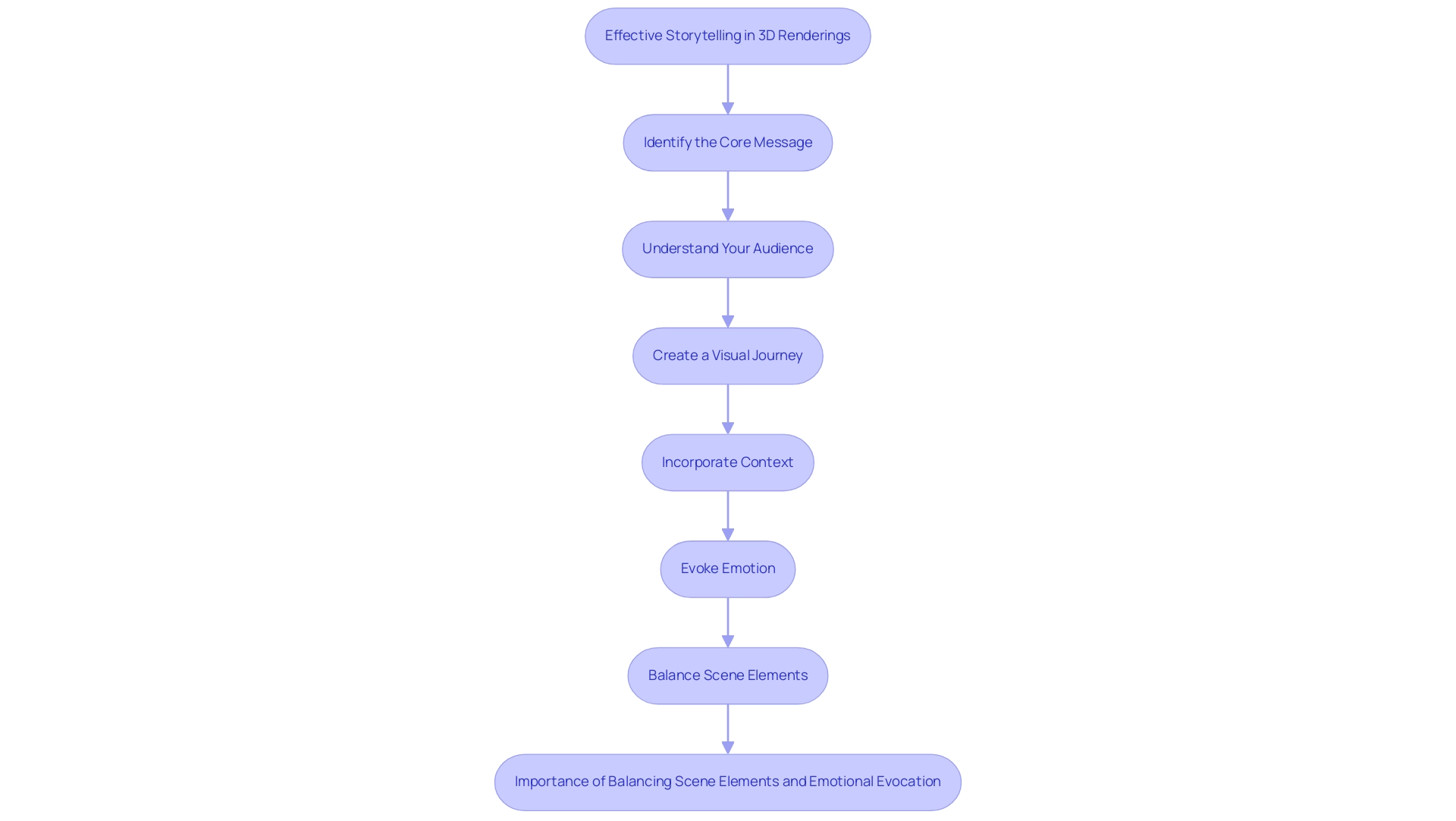
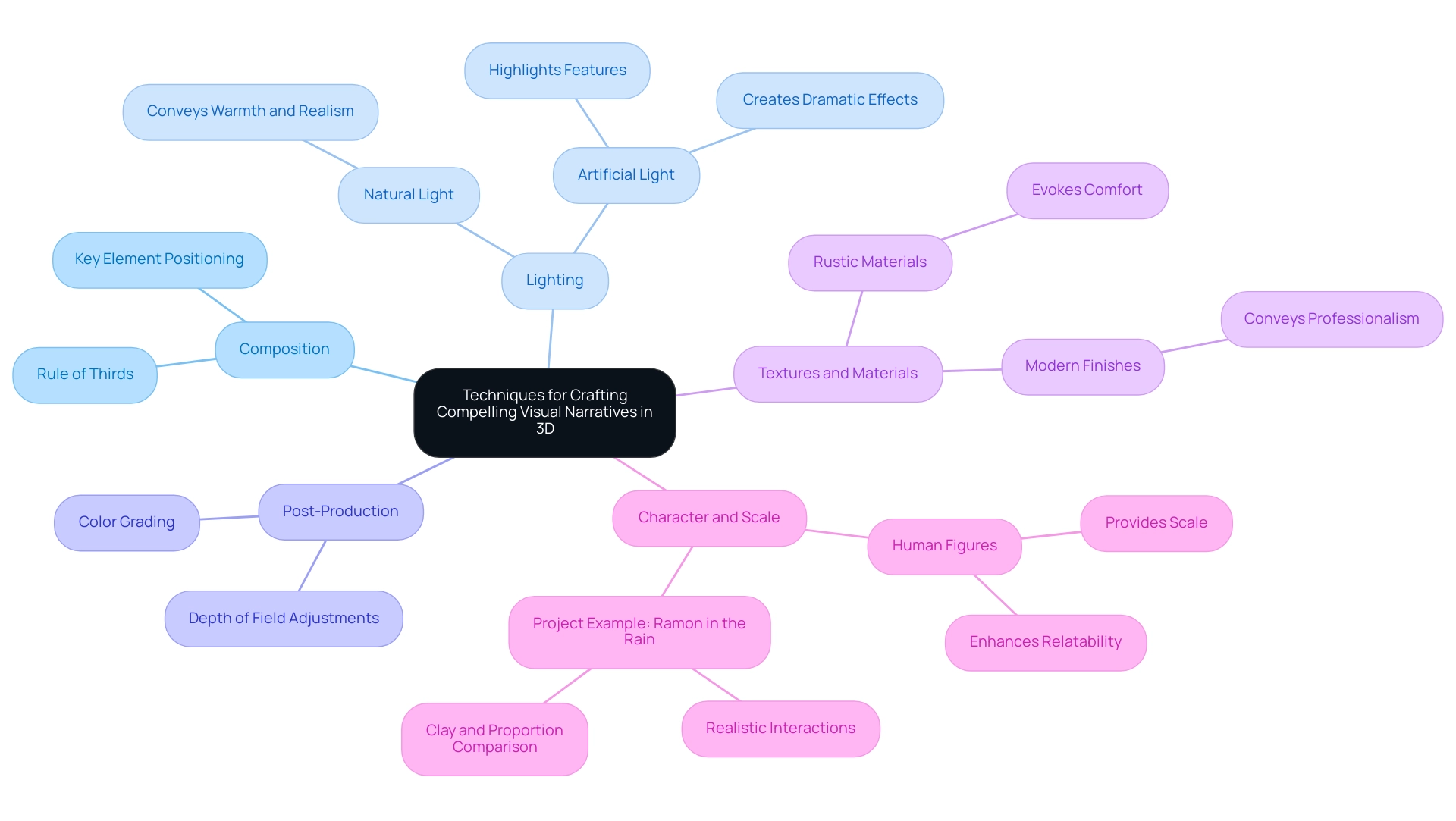
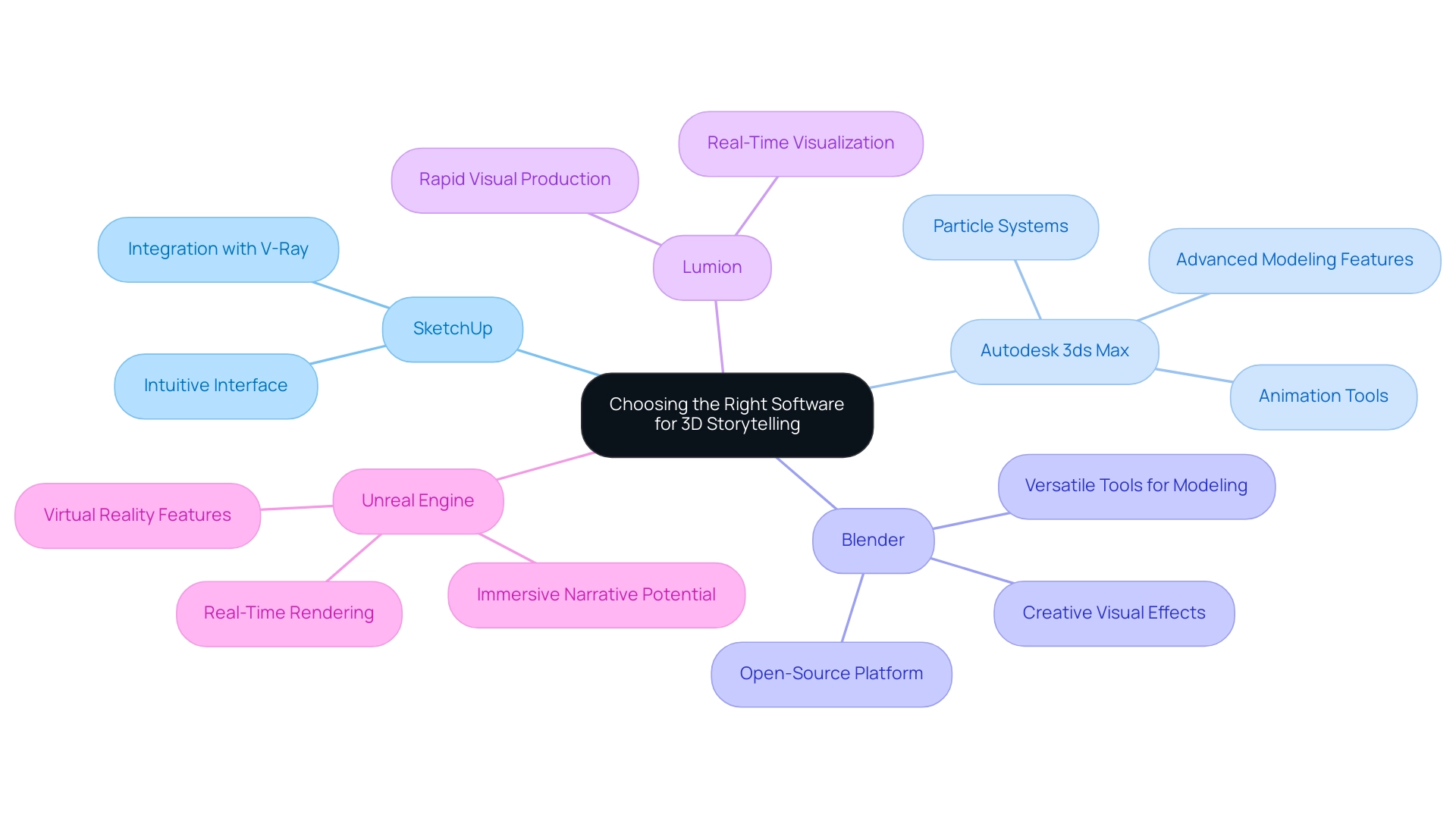
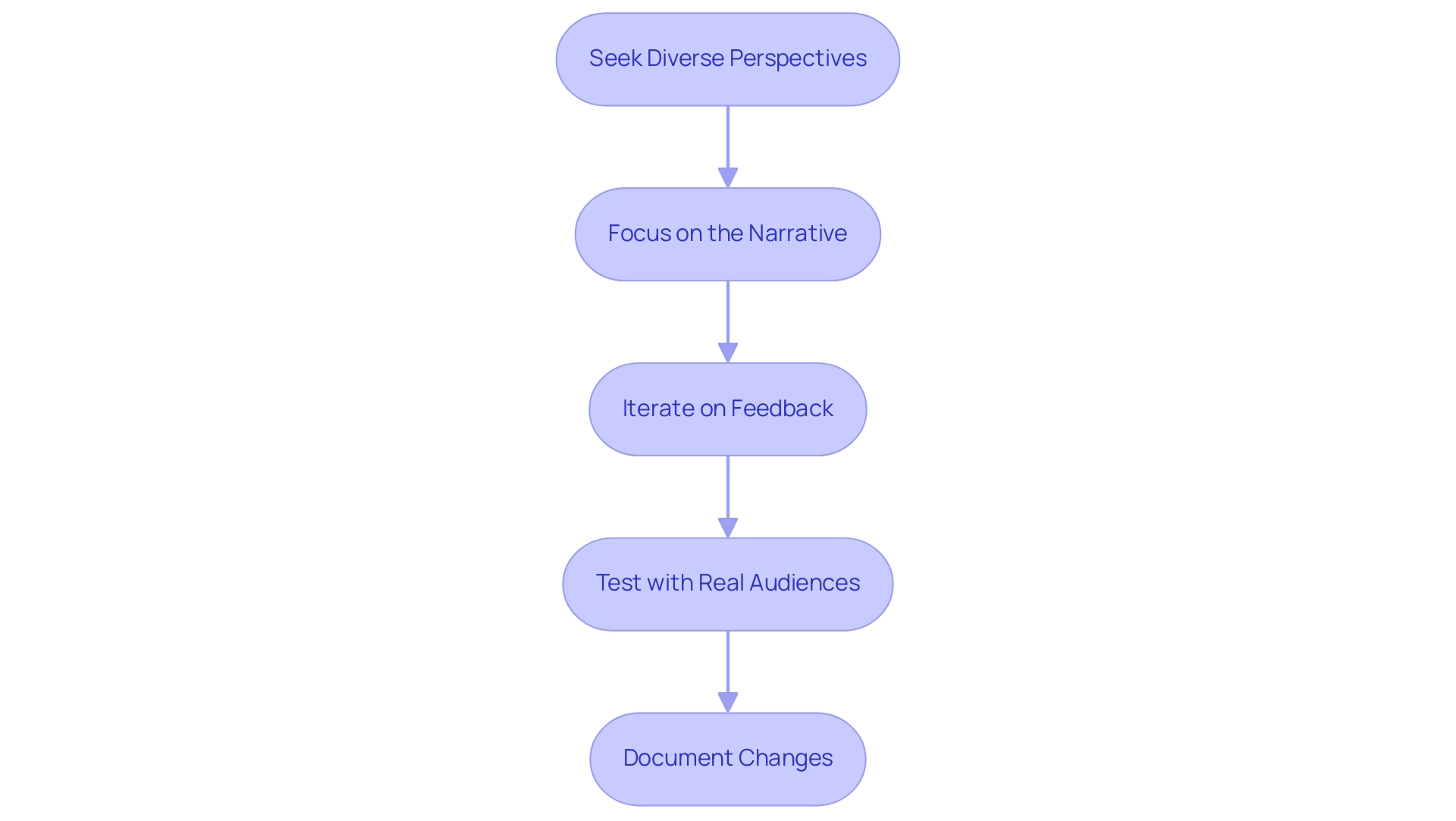
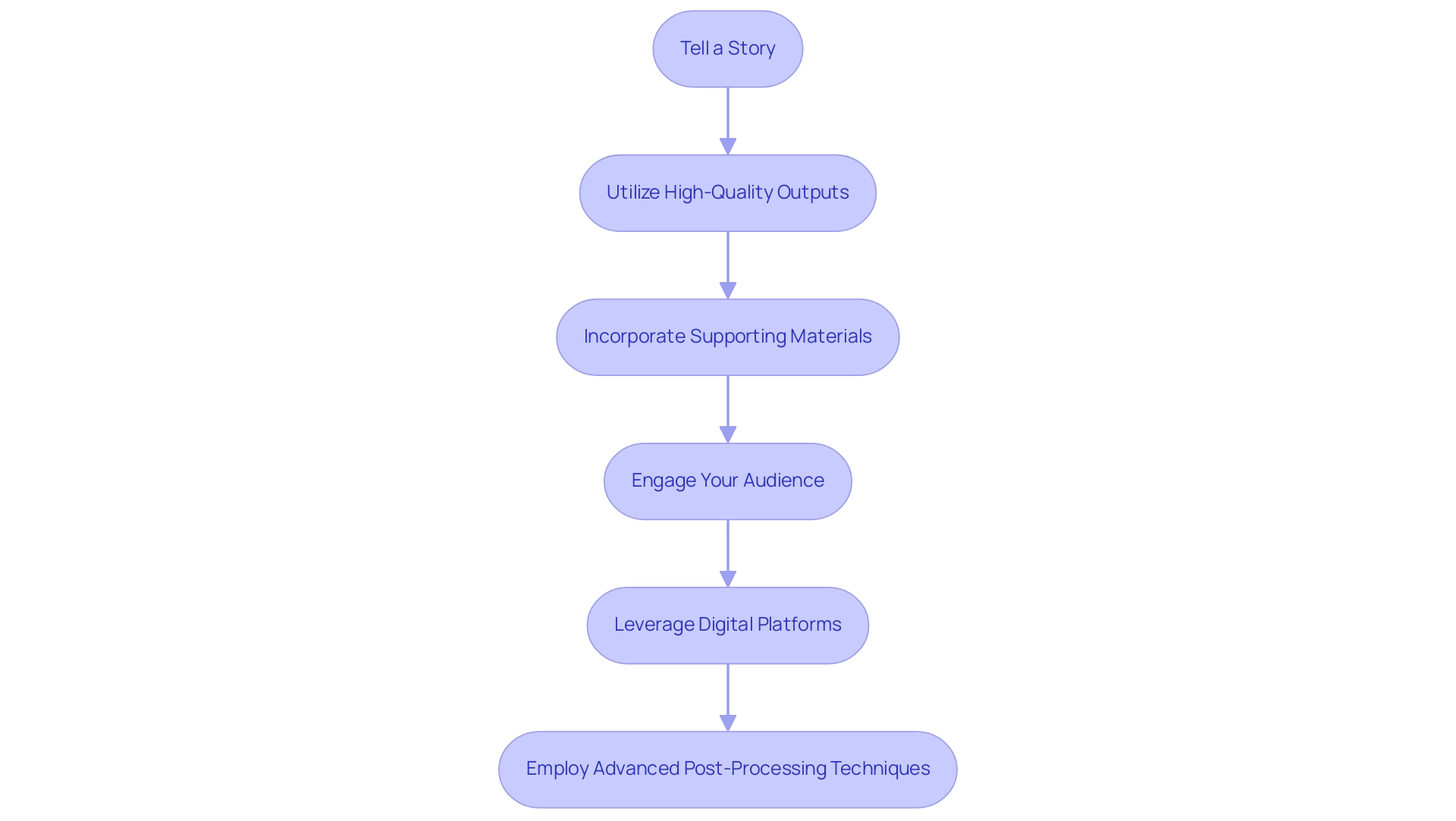
0 Comments